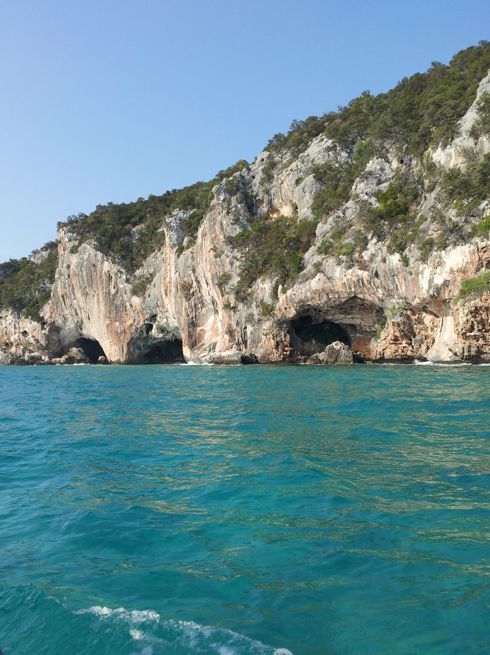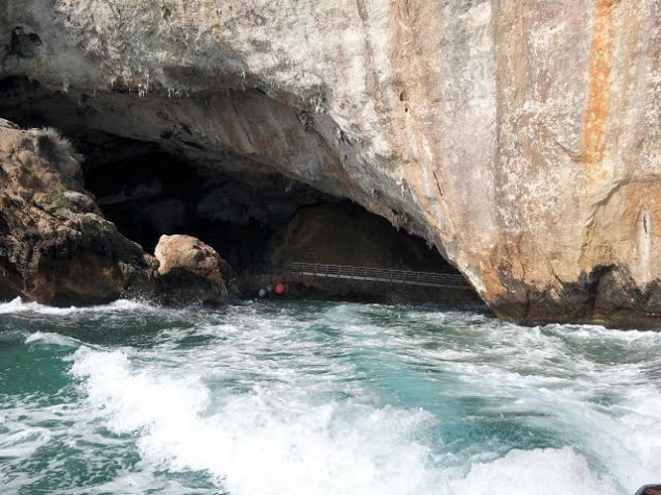The natural architecture of the Cave of the Sea Ox
Chronicle of an excursion
Sally, before leaving again, chose Cala Luna beach to enjoy the whole time available for her journey. On the contrary, her mates of the minicruise, through the rubber boat, prefer both the excursion in the Cave of the Sea Ox and the exploration of Cala Luna beach. For instance, Paul is a lover of the art created by Nature itself and, after an accurate research, now he knows perfectly that the Cave of the Sea Ox shows views of natural architecture and sculpture.

The study done by Paul, about the structure and the history in the matter of this place, is not enough and it is not comparable to the live. Certainly, it is important to know that it was given this name thanks to the epithet that Sardinian language gives to the monk seal, an animal that, unfortunately, is disappeared in this territory. In the cave there is a place that, previously, was used for the birth of the cubs. Indeed, it is called "room of the seals".
The previous analysis done by Paul allows him to know also that the cave is long fifteen kilometers and, despite an only entry, there is another division in two entries: the north side and the south side. In the north side there is not a karstic activity anymore, while in the south, 900 meter long, the karstic activity is still vigorous, thanks to the underground rivers.
In northern branch it is no longer present karst activity, while in the south branch, 900 meters long, the karst activity is still strong, thanks to underground rivers.
It is right to have these details and discoveries through the books. But, with no doubts, having the possibility to watching these wonders in person is the best choice. No encyclopaedia might explain better than the Paul’s eyes what there is essentially into the cave. What strikes him and makes him most ecstatic is the prosperity of stalactites and stalagmites that reflect on the waters of an underground salty lake with an area of one kilometer.
Paul sees immediately some unusual lights and some wonderful chromatic effects, like a kind of rainbow created by the stalactites and the stalagmites that reflect on the lake. The color is added to the mild sound of the water, creating a "concert of musical drops". So, there is a magical mix of sounds and colors. The cave shows many lakes with fresh water, too, which are nourished by underground rivers, thanks to which the activity of the south side is still vigorous. Here there is the final side that is visited by tourists. It is represented by the "room of the seals".

Another detail very important that characterizes the cave is of archaeological type and it is marked by the discovery of the etchings of twelve dancing illustrations around a thing, considered the solar disc by the academics. These etchings were made in a wall of the cave and the academics think that they came from the Neolithic.
After the exploration of the Cave of the Sea Ox, the guide accompanies the passengers towards the bright Cala Luna beach, where there is Sally, who chose only the wild Nature and the outdoor life. On the contrary, Paul gave priority to history and art, but, without rejecting the discovery of the beauty of the landscape of a small cove with a shape of a half moon. During the journey towards Cala Gonone, Sally e Paul talk each other and swap information and opinions about that they saw and knew. And finally, they promise each other to "write a page of a diary in own heart", dedicating it to this adventure that they hope to do again on next year.